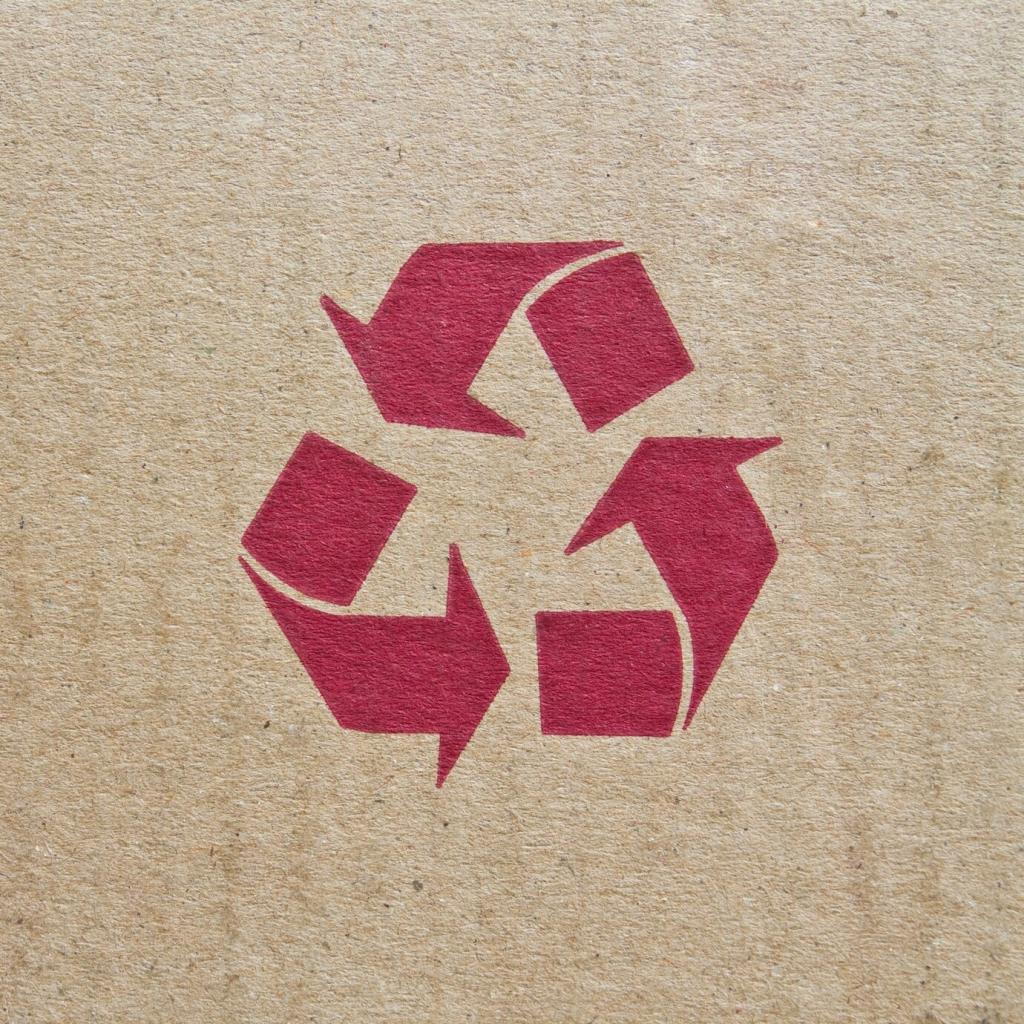Eco-Friendly Packaging Materials for Online Retail
Eco-friendly packaging materials are transforming the way online retailers conduct business, ensuring environmental responsibility while maintaining high standards of protection for shipped goods. Growing consumer awareness and regulatory changes have encouraged brands to embrace sustainable practices. This page explores the different aspects of eco-friendly packaging for online retailers, offering insight into materials, trends, and best practices that pave the way for a greener future.

Customer Expectations for Sustainability
With consumers becoming increasingly aware of environmental issues, there is mounting pressure on retailers to adopt sustainable packaging. Customers now assess brands based on their ecological footprint, often favoring those that prioritize the planet alongside their products. As a result, implementing eco-friendly packaging can significantly boost customer satisfaction and brand loyalty in the competitive e-commerce sector.
Regulatory Pressures and Industry Standards
Governments and international organizations are enacting stricter regulations to minimize single-use plastics and promote recyclable or biodegradable alternatives. Online retailers must stay updated on these evolving requirements to avoid potential fines and reputational damage. Embracing sustainable packaging materials not only ensures compliance but also future-proofs businesses against tightening environmental standards.
Impact on Brand Image and Sales Performance
Sustainable packaging can positively influence consumers’ purchasing decisions and enhance a brand’s reputation. By showcasing a genuine commitment to environmental stewardship, online retailers can differentiate themselves from less conscientious competitors. This commitment translates to increased trust, positive reviews, and ultimately, higher sales and repeat business as consumers gravitate toward brands whose values align with their own.

Plant-Based Mailers and Wrappers
Plant-based mailers and wrappers, crafted from materials such as cornstarch or sugarcane, offer a practical alternative to petroleum-based plastics. They decompose in home or industrial composting facilities, returning valuable nutrients to the earth. For online retailers seeking minimal environmental impact, plant-based options represent a cost-effective way to reduce reliance on finite resources while enhancing sustainable branding efforts.

Mushroom Packaging Solutions
Mushroom packaging, produced using agricultural waste bound together with mycelium, represents a breakthrough in green packaging technology. This innovative material can be molded to fit products securely and decomposes in a matter of weeks when discarded. Mushroom packaging is not only renewable and compostable but also energy-efficient to produce, making it a compelling option for online retailers looking to eliminate plastic and styrofoam from their supply chains.
Corrugated Cardboard Boxes
Corrugated cardboard boxes are both sturdy and widely recyclable, making them an ideal choice for shipping goods of various sizes and weights. Manufacturers often utilize recycled content for the production of new boxes, supporting a closed-loop recycling process. These boxes can be customized for branding, offer protection from damage during transit, and are easily reused or recycled by customers after delivery, contributing to a circular economy.
Paper-Based Padding and Filler
Paper-based padding and filler materials, such as shredded paper, crinkle cut, or molded pulp, have replaced plastic foams and bubble wraps in many eco-friendly packaging strategies. These solutions provide excellent cushioning and shock absorption, ensuring the safe arrival of products without non-biodegradable waste. By choosing paper-based alternatives, online retailers support lower landfill contributions and encourage customers to recycle packaging materials.
Printable Eco-Friendly Tissue Papers
Printable tissue papers made from sustainably sourced or recycled fibers offer a dual function: protecting delicate items and enhancing the visual appeal of packaging. Brands can customize these tissues with logos or patterns, delivering a memorable unboxing experience that aligns with green values. Since they are fully recyclable and sometimes even compostable, these tissue papers allow retailers to elevate the customer experience while championing environmental stewardship.
Reusable Packaging Systems for Returns and Exchanges
Durable returnable mailers are constructed from robust, long-lasting materials designed to withstand multiple shipping cycles. These mailers enable retailers to offer a return system where recipients send back the packaging for reuse. Not only does this decrease packaging waste, but it can also lower long-term logistics costs. Forward-thinking companies that implement this model often find it resonates with eco-conscious customers seeking to minimize their own environmental impact.
Previous
Next
Minimizing Packaging Volume and Waste
Right-sizing technologies enable precise measurement and tailoring of packaging to fit products snugly, eliminating excess materials. This approach not only conserves resources but also decreases shipping weights and volumes, resulting in lower emissions during transport. Implementing right-sizing solutions also boosts operational efficiency and can contribute to a sleek, professional presentation that delights customers and reduces their disposal burden.
Innovations in Recycled Plastic Packaging
PCR Mailers and Polybags
Post-consumer recycled (PCR) mailers and polybags are manufactured from plastic waste that has reentered the production cycle. These materials maintain the functional benefits of conventional plastics—such as moisture resistance and flexibility—while significantly reducing reliance on virgin resources. By shifting to PCR options, online retailers help lower plastic pollution and bolster the secondary market for recycled goods, contributing to a more circular economy.
Stretch Wraps and Protective Films
Stretch wraps and protective films made from recycled plastics offer efficient solutions for bundling and safeguarding products in transit. Modern recycling technologies ensure that the strength and performance of these films are on par with traditional options, but with markedly less environmental impact. Incorporating recycled-content films allows online retailers to uphold safety standards, particularly for fragile or multi-item shipments, while visibly embracing sustainability.
Closed-Loop Recycling Programs
Some retailers and suppliers are implementing closed-loop recycling programs, where used plastic packaging is collected, processed, and converted into new packaging materials. This self-sustaining model supports the continuous use of resources, reduces landfill contributions, and lessens the need for raw plastic production. Participation in closed-loop systems demonstrates a retailer’s long-term commitment to sustainability and inspires customer confidence by keeping waste out of the environment.
The Role of Water-Based and Biodegradable Inks
Water-Based Inks for Printing
Water-based inks contain fewer volatile organic compounds (VOCs) than their solvent-based counterparts, limiting the release of harmful emissions during production and disposal. These inks offer excellent color vibrancy and sharpness, making them suitable for detailed branding on boxes, bags, and tissue papers. Switching to water-based inks allows retailers to uphold visual standards while dramatically reducing their packaging’s environmental footprint.
Biodegradable and Natural Pigments
Biodegradable and natural pigments are derived from plant or mineral sources and engineered to safely decompose without leaving toxic residues. When used in packaging, they ensure that materials can be composted or recycled without contaminating waste streams. Online retailers utilizing biodegradable pigments underscore their commitment to comprehensive sustainability, appealing strongly to eco-minded consumers who value every stage of sustainable production.
Certification and Transparency in Printing
Eco-friendly packaging inks often come with certifications from recognized environmental bodies, offering transparency and assurance to retailers and end-users alike. Certifications validate responsible sourcing, production, and disposal processes. By communicating ink certifications and environmental claims clearly on packaging, online retailers can strengthen consumer trust and visibly demonstrate integrity in their sustainability messaging.
Consumer Education and Engagement
Disposal Instructions and Eco-Labels
Providing clear disposal instructions and recognizable eco-labels on packaging empowers customers to make the right environmental choices once they’ve received their order. Whether materials should be composted, recycled, or reused should be unmistakably indicated. Thoughtful instructions reduce contamination in recycling streams and help customers feel confident participating in the brand’s sustainability efforts, reinforcing positive experiences.
Storytelling and Brand Communication
Telling the story behind a retailer’s sustainable packaging strategy, from sourcing to production and end-of-life pathways, humanizes the brand and builds deeper consumer connections. Digital channels can be leveraged to spotlight innovations, partnerships, and measurable impacts. Engaging storytelling educates customers on packaging sustainability, inspires responsible behavior, and generates brand advocates who continue to share and support eco-friendly values.
Interactive Sustainability Initiatives
Many online retailers are launching interactive initiatives to deepen engagement, such as take-back programs, educational content, or digital challenges tied to environmental milestones. By involving customers in ongoing sustainability journeys, brands create a shared sense of responsibility for reducing packaging waste. These efforts not only help measure impact but also foster lasting loyalty among a community of environmentally aware shoppers.

